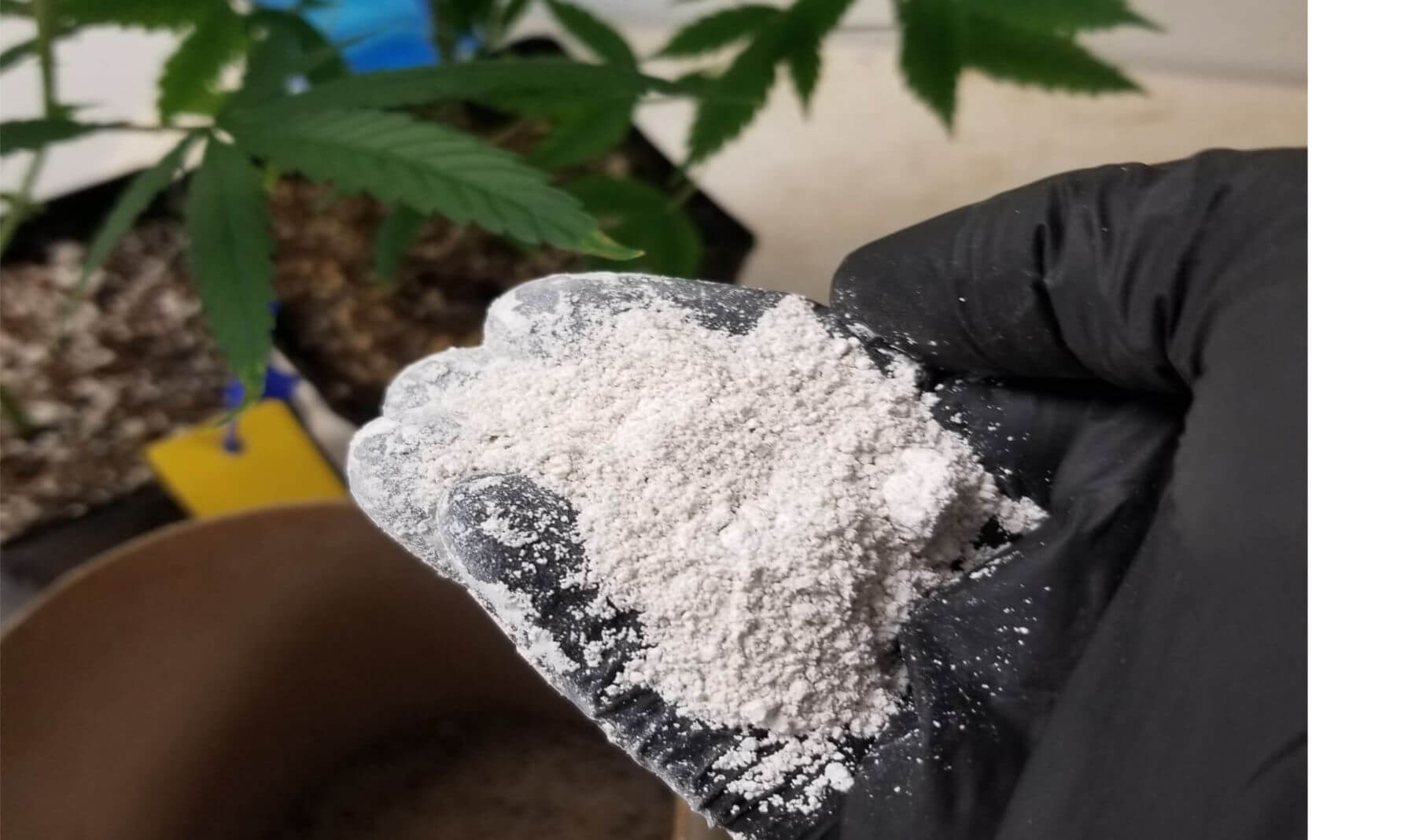- What is Azospirillum (Azos)?
- Why Use Azos?
What is Azospirillum (Azos)?
The genus Azospirillum consists of plant-growth-promoting bacteria (PGPB) that can also provide a range of benefits to plants through a variety of mechanisms or processes. Azospirillum’s ability to fix nitrogen from the atmosphere was discovered and reported in Brazil by Dr. Johanna Döbereiner in the 1970s. There are over twenty species under the genus Azospirillum, but A. brasilense is the most widely studied species. Even though some of the benefits of azos were first discovered decades ago, the first commercial inoculants were not available in the market until the early 2000s. Azospirillum brasilense (azos) is a species of bacteria that is categorized as a diazotroph. Diazotrophs supply nitrogen to plants from the atmosphere in a process known as nitrogen fixation in which N2 is converted into ammonia, a readily available form of nitrogen for plants.

Why Use Azos?
Azos seems to lack host specificity in the promotion of plant growth and there are few studies that research the efficacy of azos on cannabis plants. The few studies that have researched the benefits of azos with cannabis plants have shown that azos can improve plant growth. Even though azos is primarily known for its ability to supply plants with additional nitrogen, it is also becoming popular to use as a clone rooting compound for its ability to synthesize indole-3-acetic acid (IAA). Mixtures of azos and water can be made to create slurries in which cuts can sit in instead of using a cloning gel. Products containing azos commonly come in powder form and can be watered in as well as making direct contact with a plant’s roots during transplanting. Inoculation occurs when azos cells attach themselves to the plant’s roots through contact and watering.

Comments powered by Talkyard.